
Drills for Direct Action Combatives with a Carbine
Chris FryPDN Contributor Chris Fry of M.D.T.S. Training looks at utilizing the carbine as an intermediate-force option, or what we call direct-action combatives. This may be in a situation where we are not justified in using lethal force, or where the carbine has a malfunction or stoppage, and we need to use the carbine as an impact tool. In other words, not our usual carbine training drills!
Paddle or Spear Grip
As part of our self-defense training, the first thing to master is how to grip the carbine (or any other long arm) to maximize its effectiveness when striking with it. The Paddle Grip starts with the carbine mounted in the shoulder. Rotate your hands backwards so both thumbs point at you. By assuming this grip, the carbine is turned into a spear.
Bayonet Grip
If you have a retention issue, which should be practiced for during carbine training drills, utilize the Bayonet Grip. Bring the long arm down and clamp it underneath your strong-side arm. Next, bring the strong-side elbow up a bit and drop the stock into your strong hand. The support hand is on the barrel and both thumbs point forward. Spear your target with the muzzle.
Striking Methods
Using both grips, Chris demonstrates four striking methods. The first is striking directly with the muzzle. The second is striking with the heel or toe of the buttstock. The third brings the long gun forward and strikes with the front sight or tip of the muzzle. The fourth is a cross-face strike with the middle of the long gun. With the Spear Grip, strike with the charging handle or top of the gun. With the Bayonet Grip, strike with the base of the magazine. Integrate these strikes into your carbine training drills.
Chris has several more training videos and articles, and PDN has many more rifle training videos.
Share tips, start a discussion or ask one of our experts or other students a question.
Already a member? Sign in
11 Responses to “Drills for Direct Action Combatives with a Carbine”
Premium Membership
Unlock exclusive member content from our industry experts.
- 24/7 Access to Premium Personal Defense and Firearm Training Videos and Drills
- Step-by-Step Instructional Demos and Guides
- 50% Off Video Downloads Purchased in the Personal Defense Network Shop
- Access to Ask the Expert Program
Unlock exclusive member content from our industry experts.
- 24/7 Access to Premium Personal Defense and Firearm Training Videos and Drills
- Step-by-Step Instructional Demos and Guides
- 2 Full-Length Video Downloads to Watch Offline
- 50% Off Video Downloads Purchased in the Personal Defense Network Shop
- Access to Ask the Expert Program
Gold Membership
$340 Value
Get everything included in Premium plus exclusive Gold Membership benefits.
- 24/7 Access to Premium Personal Defense and Firearm Training Videos and Drills
- Step-by-Step Instructional Demos and Guides
- 9 Full-Length Video Downloads to Watch Offline
- 2 Full-Length Personal Defense Classes to Keep for Life
- 2 In-Depth Skill Development Presentations
- Discounts on Purchase-to-Own Content in the Personal Defense Network Shop
- Access to Ask the Expert Program
- Exclusive GOLD LIVE Streaming Events


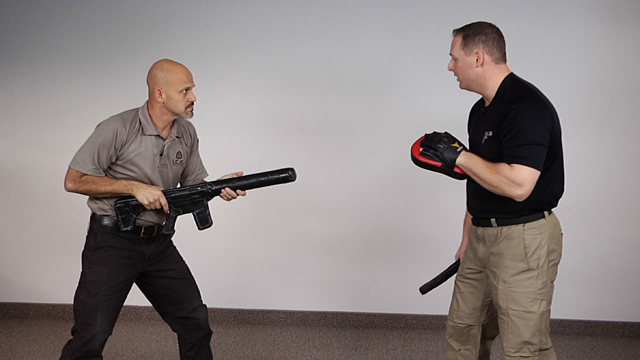
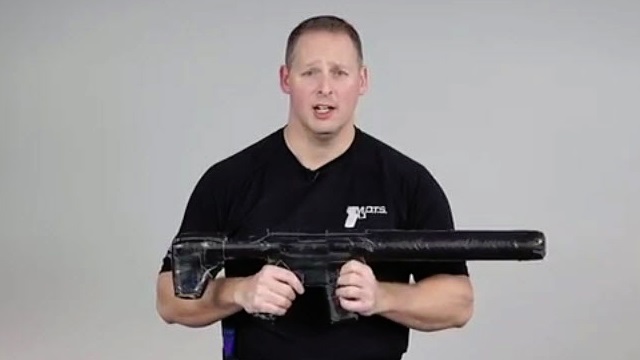

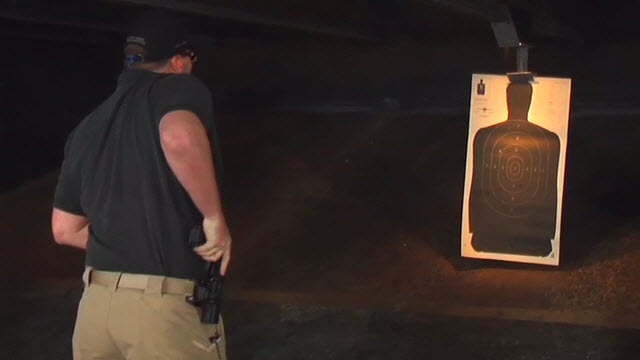
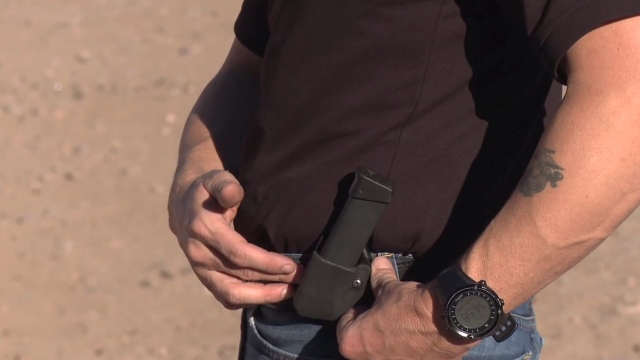
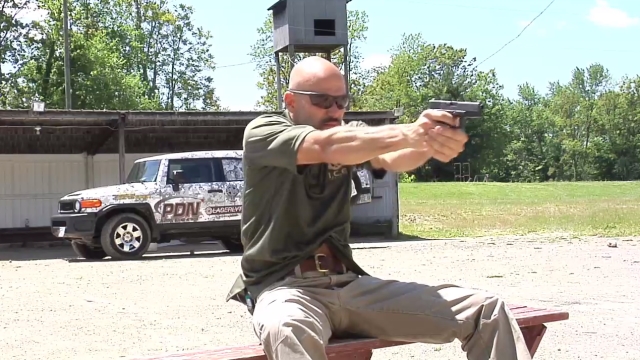
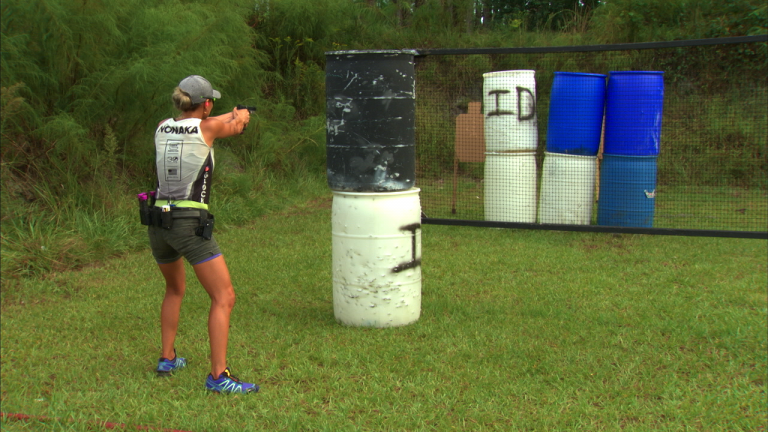
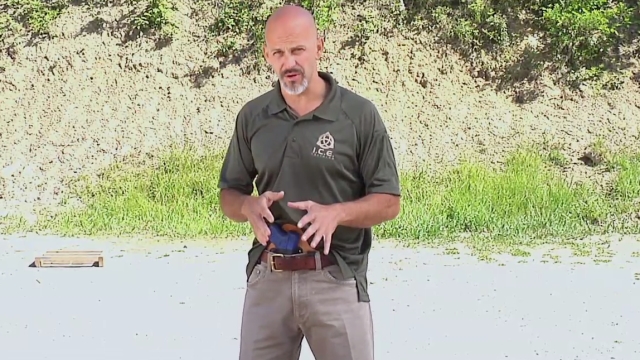
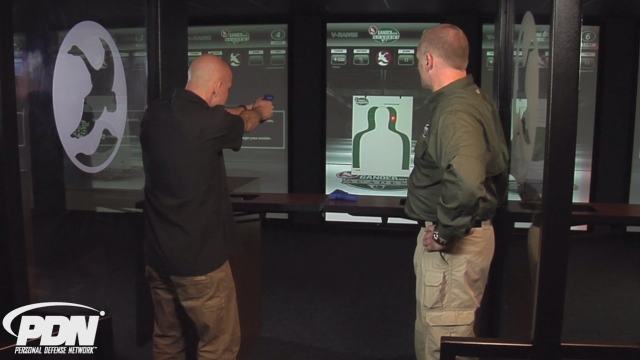

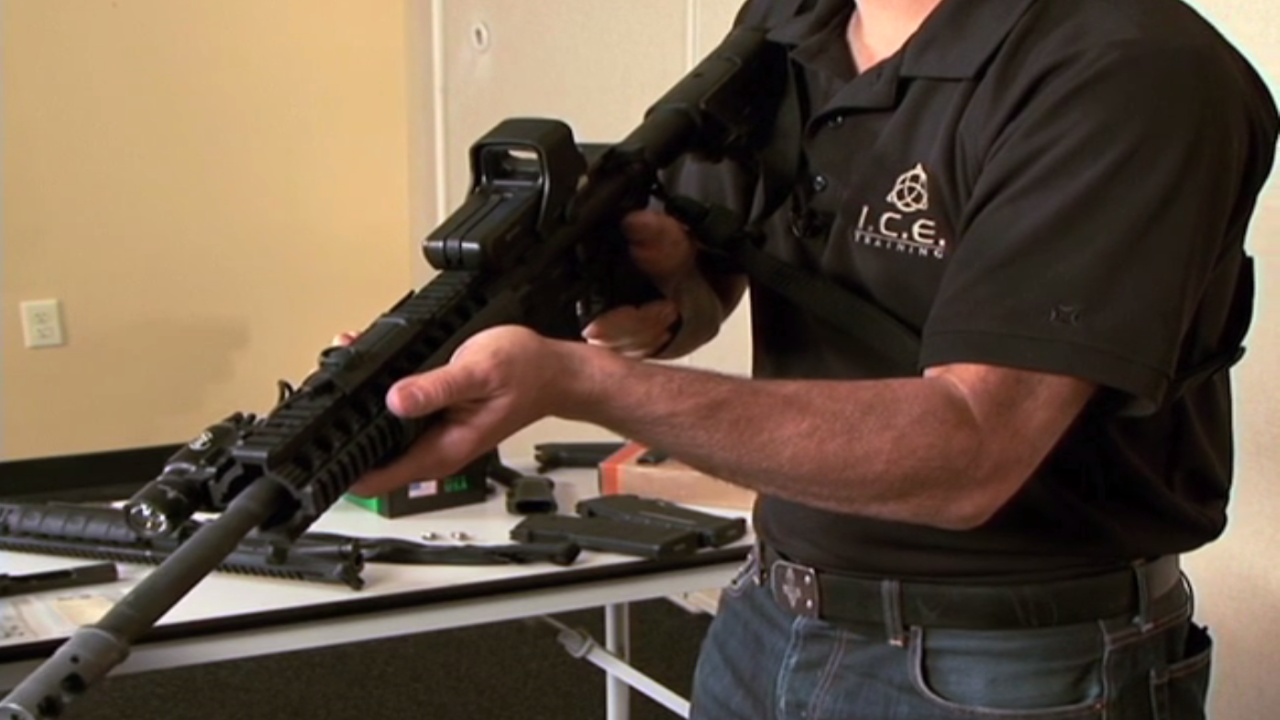
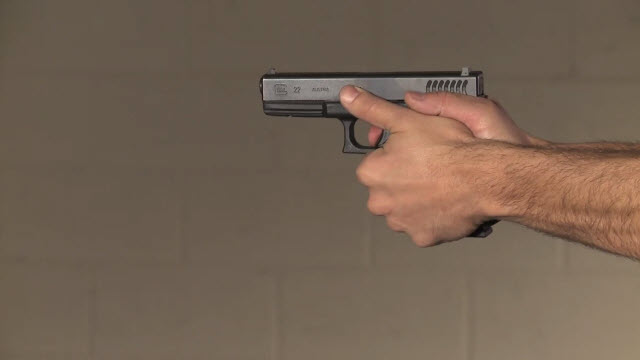

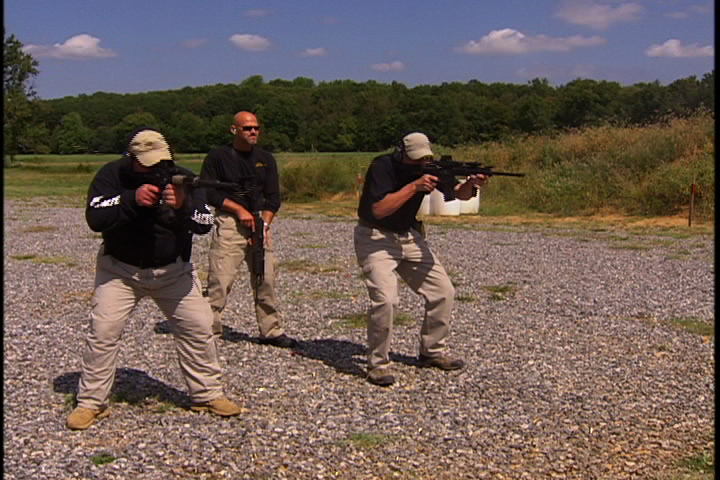

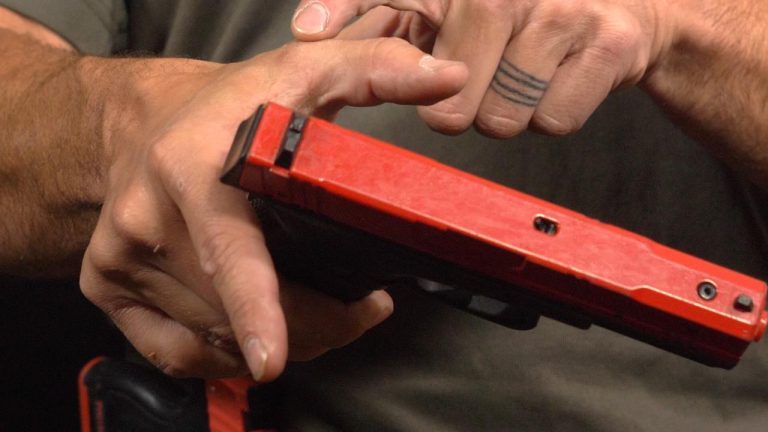
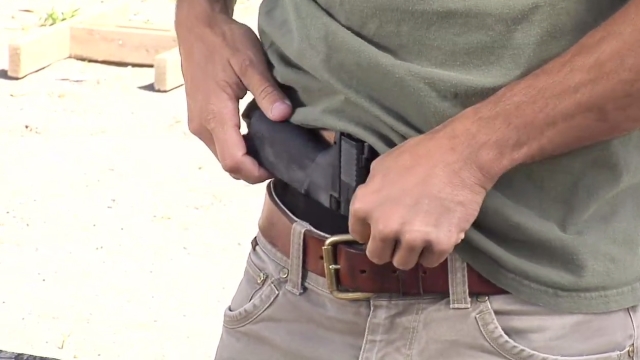

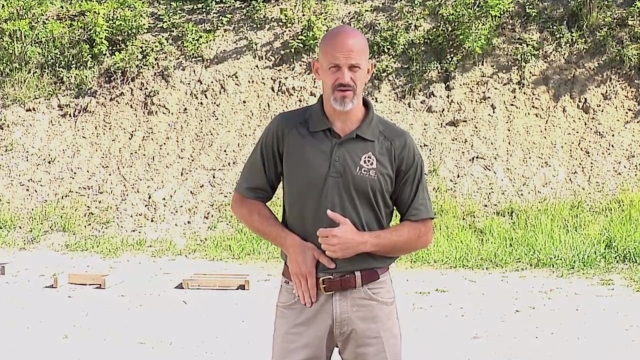
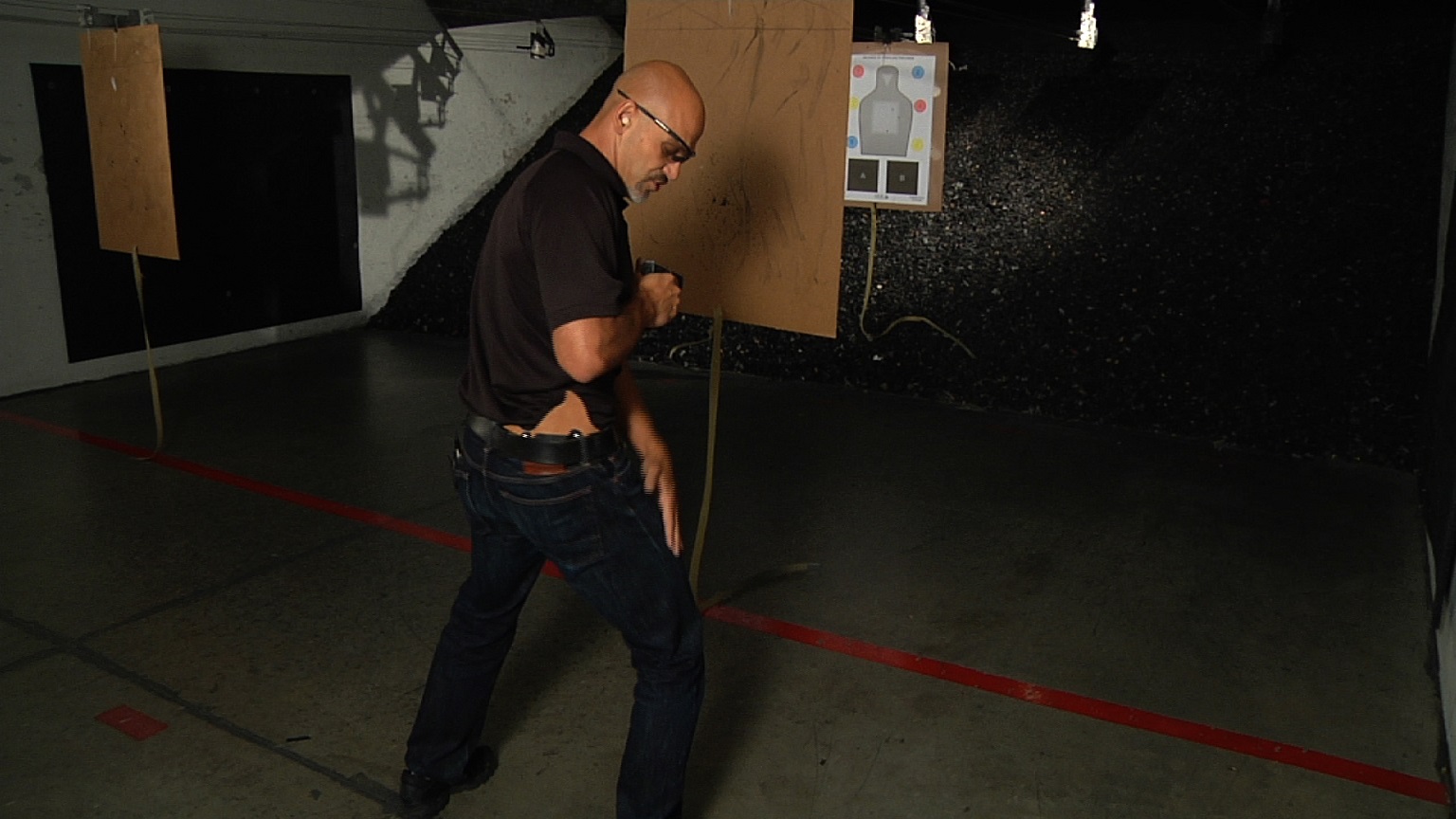
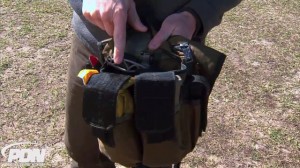
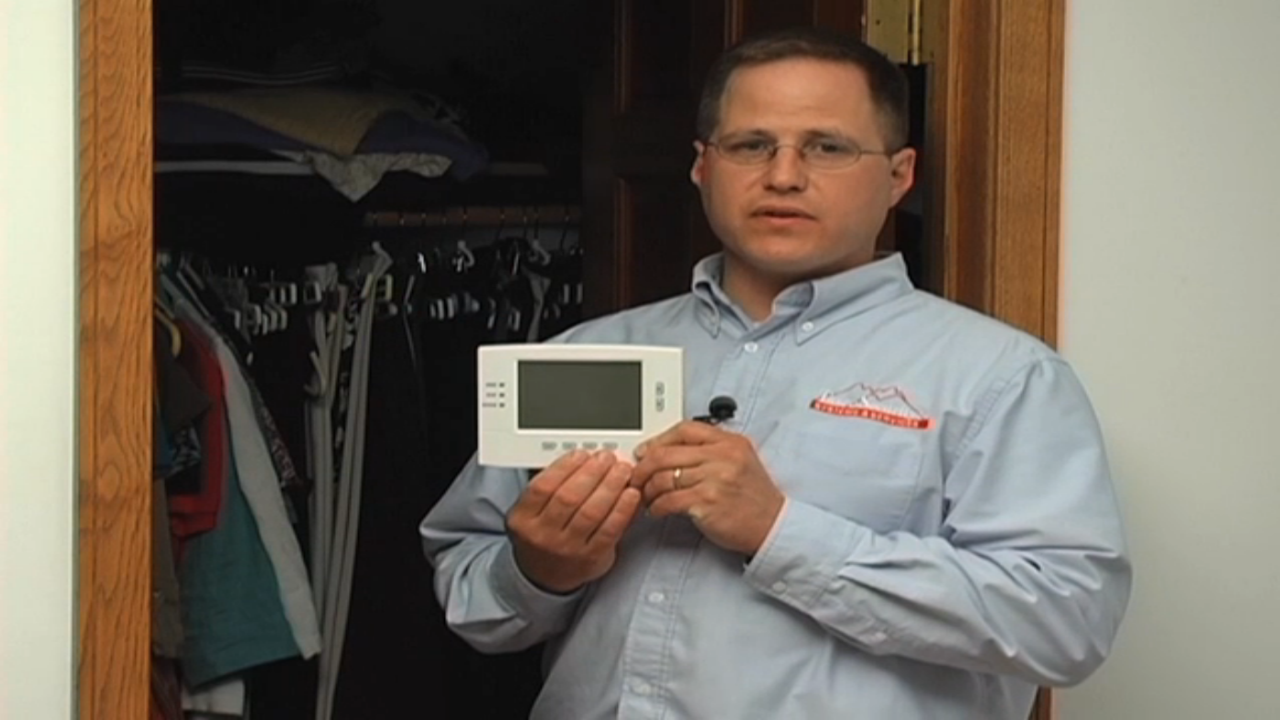
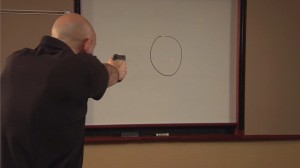
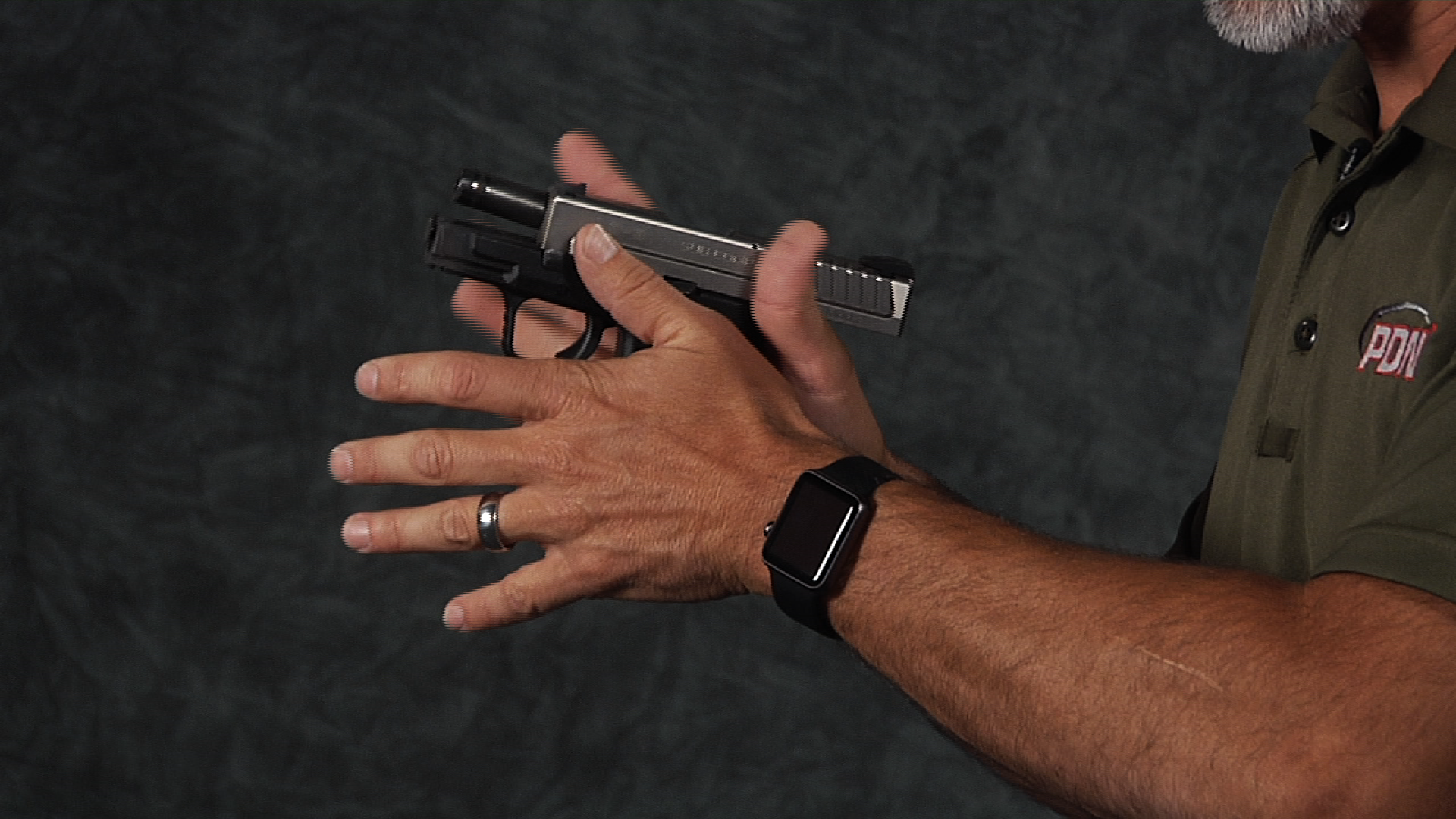
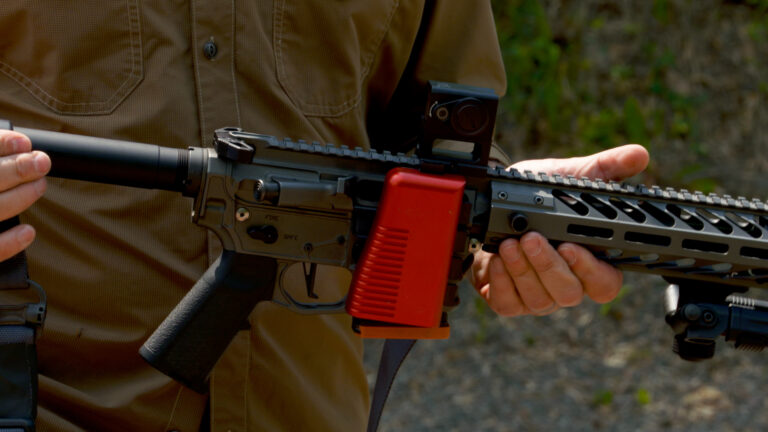
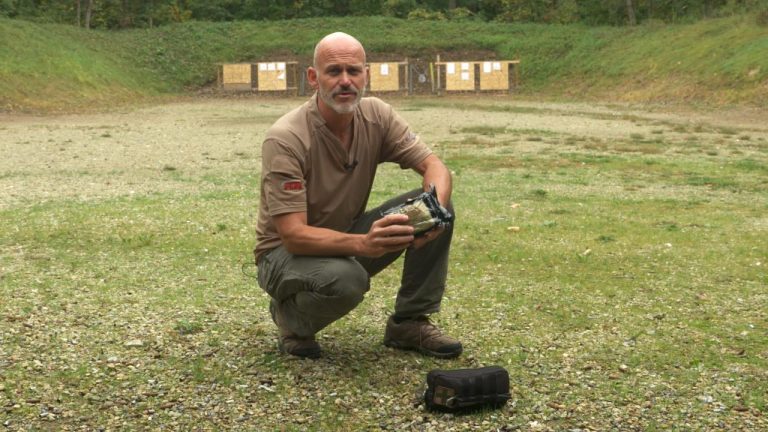


Lots to think about, but really critical to know. It's about preparedness and leverage.
Your use of the carbine as a combative tool is simple and effective. The great thing is anyone practicing these techniques could employ the same techniques with any long object, i.e. an umbrella, a cane, a walking/hiking stick. The emphasis on stepping/stomping into the combative strike is a very good point also. Much more power can/will be added to the strike.
Excellent video. I'm sure all eight strikes work great with the rubber rifle -- and I expect that 7 of them work with an AR, but I'm a bit concerned about the strike with the toe of the stock in the "bayonet grip." As demonstrated in the video this appears to be a diagonal upward strike -- about halfway between what the Army used to call a Horizontal Butt Stroke or a Vertical Butt Stroke. I happened to be at Fort Jackson when the Army first started using the M16 in place of the M14 for all of Basic Training (during earlier cycles trainees used the M14 in training and used the M16 just on the rifle range). The first unit that used M16s for Bayonet training physically broke a large percentage of their rifles when executing a butt stroke using a grip that was essentially identical to the "bayonet grip" demonstrated in the video. I recognize that the target used in Army bayonet training at that time was more rigid than a real person and trainees were making a longer faster stroke than would be likely in the close combatives sequence recommended in the video, but any butt stroke using the "bayonet grip" shown does put a LOT of stress on a very weak point of the AR if the rearward hand is kept as far forward as shown - either the buffer tube or the lower receiver itself may fail if this stroke is performed forcefully.
Great video. I never did think about using my weapon like this.
I just caught it when you mentioned if it is still a "no shoot" to continue using weapon surfaces. Can you give examples of no shoot situations, other than a weapon malfunction? Please assume an AR15. Would over penetration be likely to occur at close distance (be aware of what's behind the target?) What other "no shoot" circumstances are possible. I'm new to learning the AR in urban settings. Thanks!
I love the video. Not only can you get a decent workout out of it, you can practice for a situation that you hope will never have to be used. I will bookmark this one and come back to it, often.
I like it. Simple and effective. If we train to react, we'll react as trained. Good video.
good information - striking techniques could be easily applied to any long object
great video, it is almost counter intuitive to use my weapon as a striking tool. of course if it is not working it is better then your hands. if there is a round in the chamber it is certainly going to be pointing the weapon at yourself.
Great drills. Simple but effective.